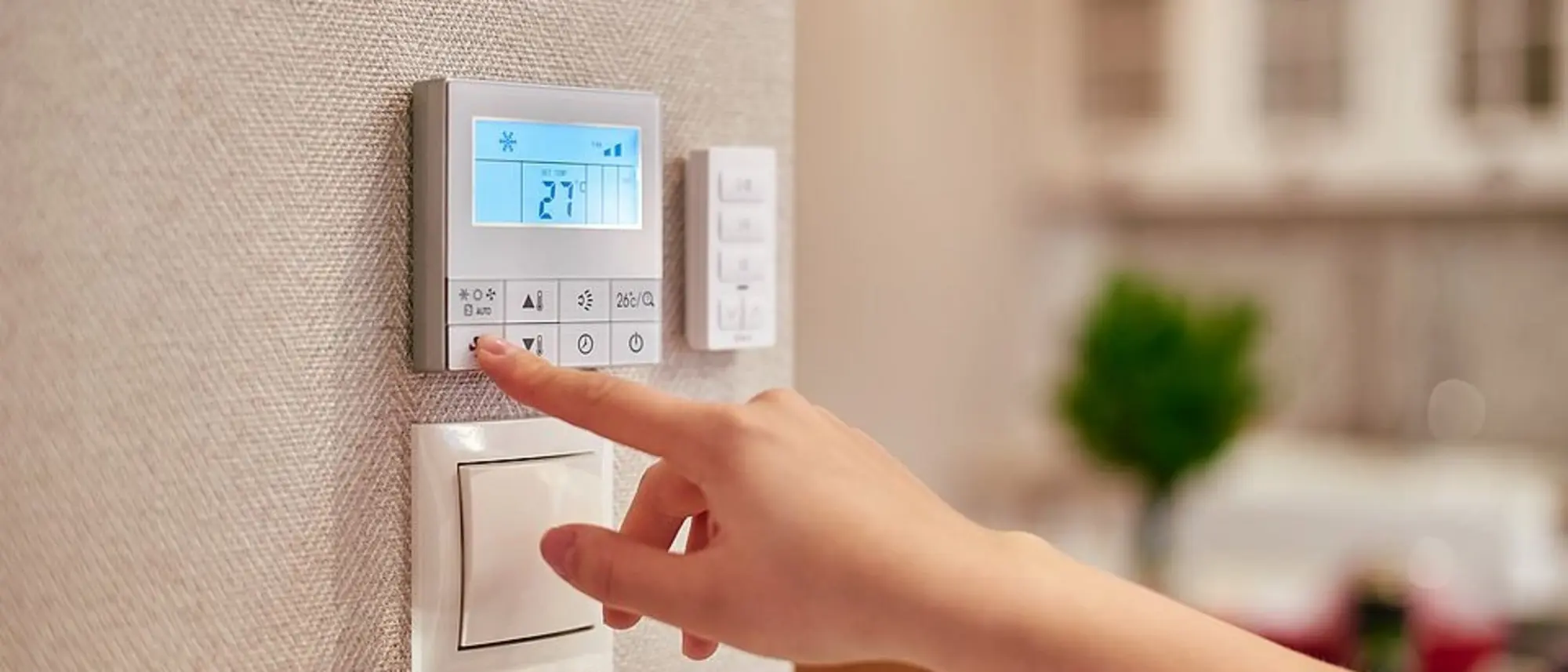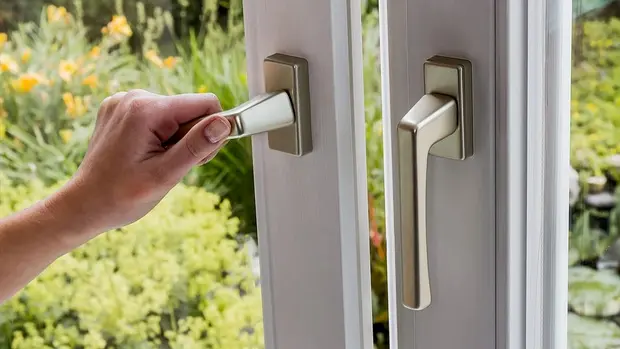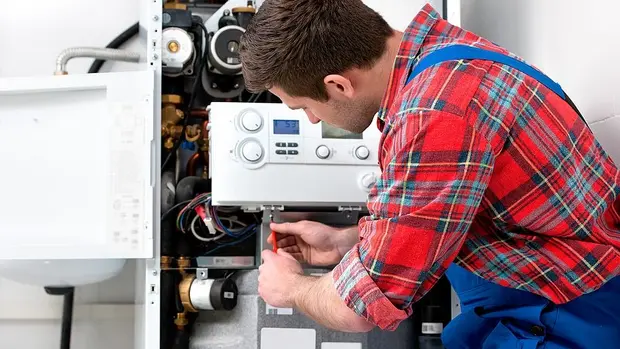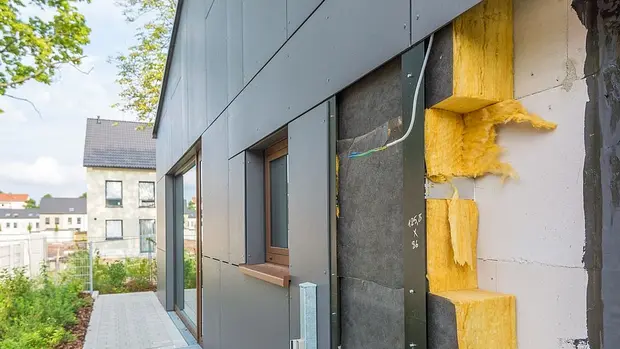Do-it-yourself tutorials
Economics and Energy Minister Tarek Al-Wazir is calling on all citizens in Hesse to use the summer to do small jobs to use less energy in winter. "We can all do something to use energy more efficiently in our homes. This can be an insulated heating or hot water pipe, insulation behind the radiator or on the hatch of the attic stairs," said the Minister at the presentation of new video tutorials with helpful do-it-yourself (DIY) tips.
All DIY tutorials - from the use of LED lights to insulating heating pipes - are available on the LEA Hessen website:
Our energy-saving tips for your home
- Place refrigerators and freezers in as cool a place as possible.
- In the refrigerator, 6 - 7 °C is sufficient, for freezers -18 °C is sufficient.
- Every degree cooler causes 5 - 6 % more energy consumption.
- Only open the appliance briefly.
- Only place cooled food in the refrigerator.
- Keep the exhaust air grille clear.
- Useful capacity: 140 litres is sufficient for a single person and 300 litres for a family of four.
- Defrost regularly.
- Electricity consumption of a medium-sized refrigerator in the best energy efficiency class (formerly A+++) is 90 to 125 kWh per year.
- Old refrigerators (e.g. built in 2002) consume more than three times as much electricity per year at up to 330 kWh.
- Only wash with a full load, as two half-loaded washing machines use 1.5 times as much electricity and water as one fully loaded washing machine.
- Prewash: As long as the laundry is not extremely dirty, prewashing can be omitted → savings of more than 10 % in electricity and detergent.
- Electricity consumption also increases with the washing temperature: reducing the temperature from 60 °C to 40 °C can save 40
- Avoid stand-by mode: Switch off the washing machine at the end of the programme.
- Particularly in summer, laundry can dry well on the line.
- The tumble dryer should only be switched on when fully loaded. Two drying cycles with a half-full drum lead to an additional consumption of approx. 30 %.
- Regular cleaning is important as blockages in the lint filter increase the drying time.
- The most efficient tumble dryers are those with a heat pump.
- Use dryer balls: The studded PVC balls improve air circulation and therefore shorten the drying time.
- Using a dishwasher saves up to 50% energy and 50% water compared to washing up by hand.
- Energy-saving programmes can save 30% compared to standard programmes.
- The dishwasher should only ever be switched on when it is full.
- Do not pre-rinse dishes under running water.
- Only use the intensive programme for heavily soiled dishes.
- Clean the sieve in the dishwasher regularly.
- Heat water in an electric kettle.
- Always use a saucepan with a lid and reduce the power of the hob in good time after boiling.
- The pot and hob should have the same diameter.
- Use special appliances such as egg cookers, coffee makers and microwaves for small quantities and short cooking times.
- Use coffee makers and thermos flasks. A coffee maker that brews directly into the thermos flask is ideal.
- The convection function of the oven saves 25 - 40 % energy.
- Cooking at the same time: Cook several trays / dishes at the same time with convection, place different dishes next to each other with top and bottom heat.
- Only cook large quantities in the oven (e.g. roasts of 1 kg or more).
- Avoid preheating if possible (follow manufacturer's instructions) and use residual heat: Switch off the oven heating approx. 10 - 15 minutes before the end of the cooking time.
- Open the oven door as rarely as possible.
Tips for heating and ventilation
Energy consumption for heating accounts for a large proportion of our energy costs. By making small changes to your heating and ventilation, you can keep your costs stable or even reduce them despite possible price increases. We have put together some helpful tips.
Extensive state subsidies are available for many energy-saving measures!
The right room temperature
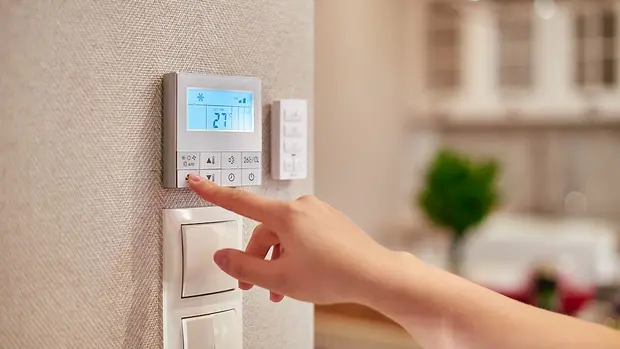
Every degree costs around 6 % more in heating costs. Not every room needs to be heated to the same temperature:
- 20 to 22 °C is sufficient in the living room
- 16 to 18 °C in the kitchen and bedroom
- 22 to 24 °C in the bathroom and shower
- WC, storerooms etc. 12 to 15°C, 12 to 15°C is also sufficient for longer periods of absence.
The temperature can be easily regulated using thermostatic valves on the radiator: On a five-level scale, there are approximately four degrees between each level, with the middle level corresponding to 20 °C.
Keep the doors closed between differently heated rooms so that the different humidity and temperature cannot spread to other rooms.
A fully open thermostat does not lead to faster heating of the rooms.
Correct ventilation
Proper ventilation is very simple: "shock ventilate" three to four times a day for a few minutes (depending on the outside temperature: approx. five minutes in winter, up to 30 minutes in summer), i.e. open the window completely. This creates a complete exchange of air. A window that is constantly tilted only causes a very small exchange of air, and the walls and furniture only cool down unnecessarily.
While the window is open, you should set the thermostat valve to a very low temperature or switch it off completely.
Efficient heating
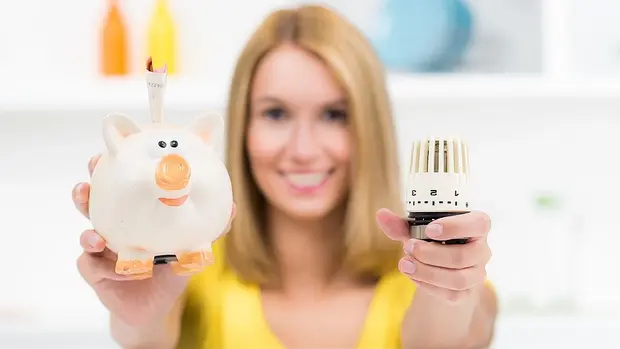
Seal windows and doors: Sealing tapes and brush seals under the doors can easily be fitted by yourself to prevent draughts and energy loss.
Insulation behind radiators: If there are recesses between the radiator and the outer wall, insulating panels can be fitted behind the radiator. This can reduce heat loss by up to 15 %.
Vent radiators: If the heating gurgles, there is air in it. Then the radiator must be vented. If it is still not warm, there may be too little water in the heating system or the thermostatic valve is stuck.
Possibly have hydronic balancing carried out. This optimises the heating system. After balancing, only the amount of water actually required flows into each radiator. All radiators are heated evenly. Energy consumption is reduced by up to 15 %.
Do not cover radiators: If a radiator is covered by panelling, furniture or curtains, the heat will build up underneath.
Close shutters at night: At night, it makes sense to close the shutters, curtains or blinds so that as little heat as possible is lost.
Activate night setback (the older the building, the more important).
Maintain the heating regularly
To ensure that an existing gas heating system can run efficiently, the entire system should be serviced regularly.
It is best to have maintenance carried out once a year by a specialised HVAC company.
Alternatively, for older heating systems (10 years or more), have a heating check carried out by a specialist company.
Installing a modern natural gas heating system
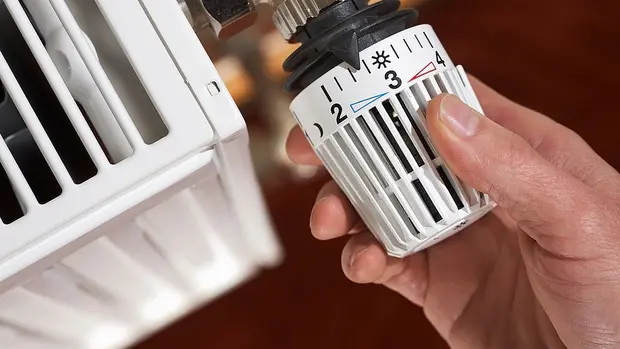
Old boilers can be real energy guzzlers. It is therefore worth considering the use of a modern boiler. An efficient gas condensing boiler utilises even the gases produced during combustion for heating. This means that the energy content can be utilised almost completely and is not only environmentally friendly, but also more cost-effective. A modern condensing boiler with optimised control consumes up to 30% less energy than an outdated heating system. Other energy-saving solutions include natural gas-fuelled micro-CHP systems, natural gas heat pumps or the combination of a natural gas condensing boiler with solar energy or, better still, with a heat pump as a hybrid heating system.
Insulate house
Investing in the thermal insulation of your home pays off: With modernisation measures, homeowners can significantly reduce their gas consumption and at the same time meet the requirement of the 2020 Building Energy Act, namely to reduce carbon dioxide emissions. This is not only good for your own wallet, but also for the environment, which belongs to us all. If you decide to retrofit insulation to the exterior walls as well as the basement and attic ceiling, heat loss will be significantly reduced.
